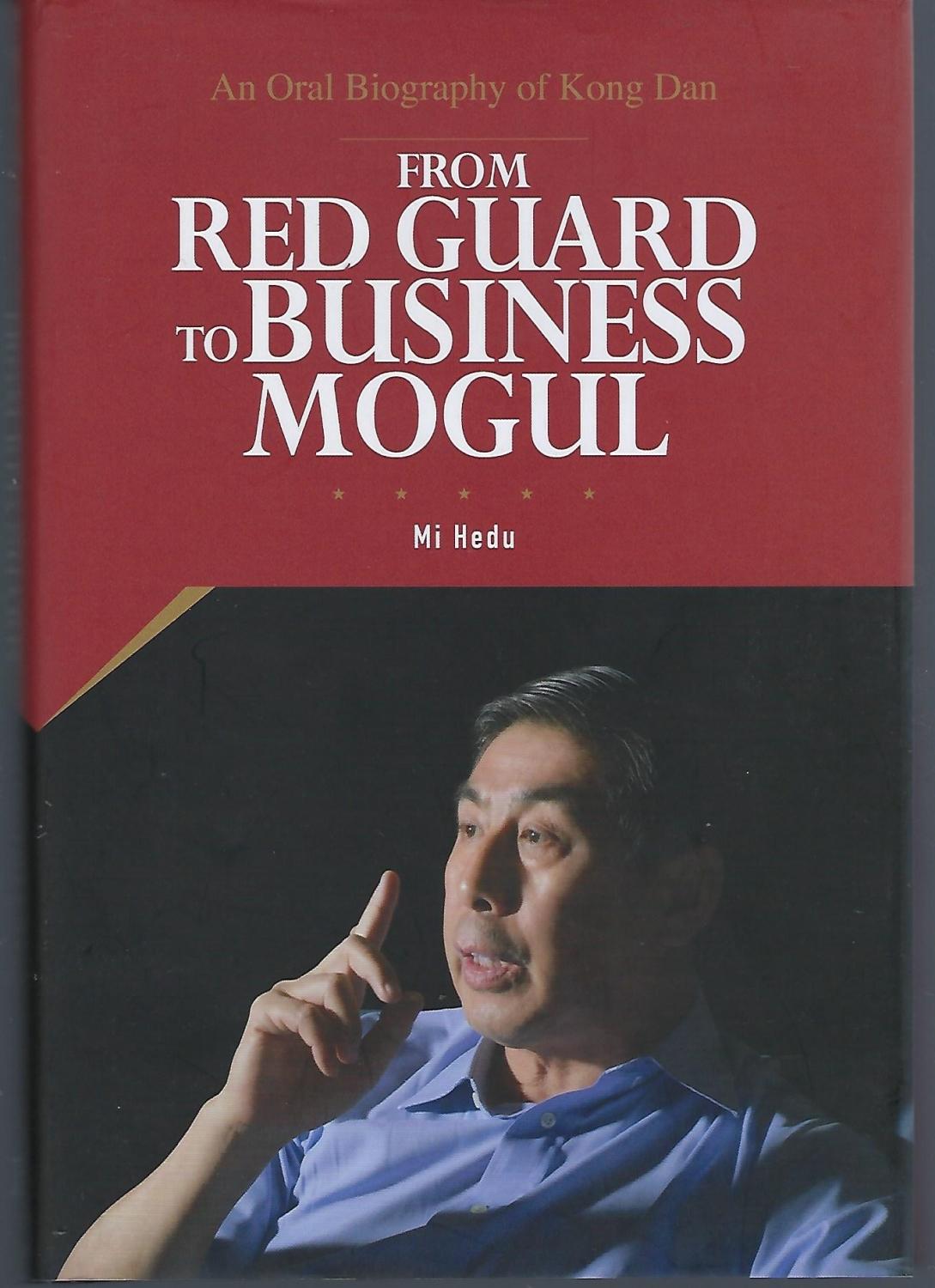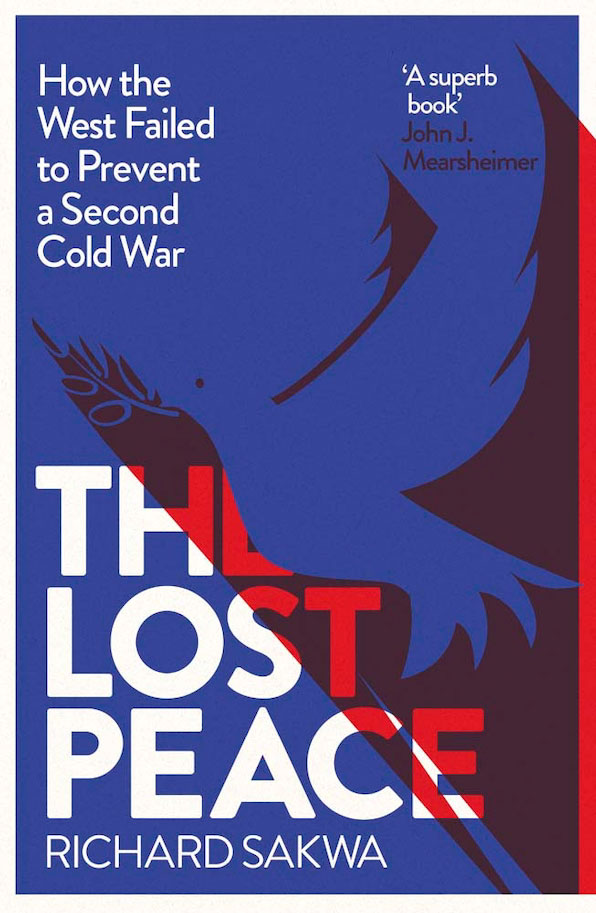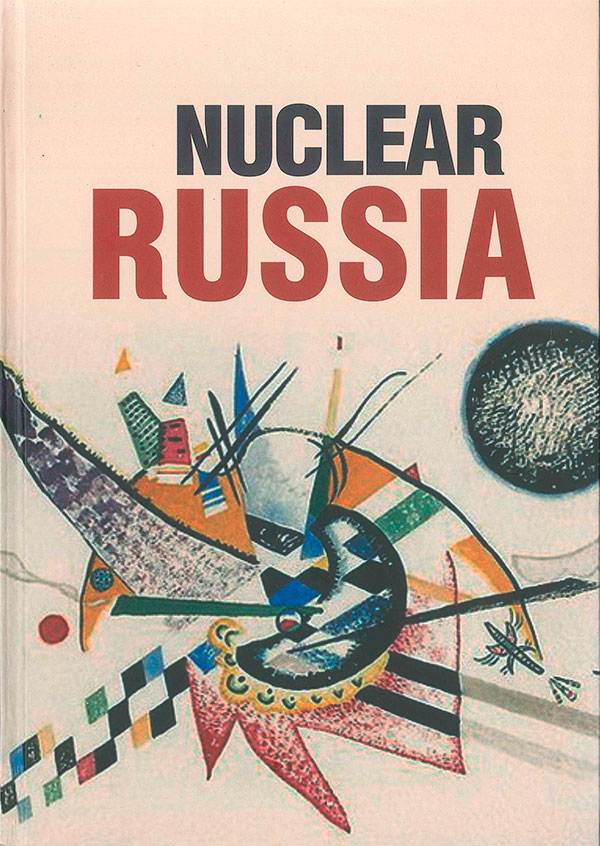... wanted to see as the premier security instrument in Europe, is now nearly totally dismissed due to the anti-Russian stance of its NATO/EU majority membership. Moscow has quit the Council of Europe, and its participation in a number of regional groupings for ... ... of the Shanghai Cooperation Organization, which its close ally Belarus is about to join. Together with countries in Asia, the Middle East, Africa and Latin America, it's working closely to build new international regimes in a number of areas: finance and ...
... hostilities and tensions involving some of the major powers. With more likely to come.
The ongoing conflicts in Eastern Europe and the Middle East have the same root cause. Essentially, the self-proclaimed victors in the Cold War – above all, the United States ... ... European Union was dismissed by Washington as “giving the Kremlin a veto right” over its neighbor’s security status. Instead, NATO’s unrestrained expansion was upheld as almost a sacred principle. This led to an outcome that many had predicted: Moscow’s ...
... before the pandemic struck. In Vienna the talks on the JCPOA should move forward with an active support of the U.S., which is responsible for the current crisis. The return of the U.S. and Iran to the deal would defuse a looming nuclear arms race in the Middle East among Iran, Saudi Arabia and Israel. The U.S. and NATO should strive to work with Russia on achieving mutual guarantees of security ruling out deployment of nuclear or/and conventional strike systems in the proximity to each other. Only the U.S. and Russia working together in goodwill can persuade China ...
On December 10, 2020, the Russian Association of European Studies and “Europe — Middle East” Center at IE RAS Department of European Security, held an international conference on Euro-Atlantic solidarity: the Middle East vector
On December 10, 2020, the Russian Association of European Studies and “Europe — Middle East” ...
... order was complete. The takeover of Crimea and support for separatism in Donbass did not presage a policy of reconquering Eastern Europe, as many in the West feared, but it clearly set Ukraine and other former Soviet republics off limits to any future NATO enlargement. The security buffer was back. If the use of force in Ukraine, from the Kremlin’s standpoint, was essentially defensive, Russia’s intervention in Syria in 2015 was a risky gambit to decide geopolitical outcomes in the Middle East — a famously treacherous area for outsiders vacated by the Soviet Union at the time of the Persian Gulf war of 1991. Since then, the results of the military operation and diplomatic maneuvering have not only confounded early critics but ...
... mouthpiece of the media, are deliberately declared “strategic challenges” or “systemic rivals” and, therefore, whose interests are not countable.
Contrary to the objective interests of maintaining peace and stability on the European continent, NATO and its individual member countries, under the far-fetched pretext of “threatening from the East”, is intensifying militarization of the regions bordering Russia. The logistical and infrastructural capabilities of countries outside the alliance ...
... it. Moreover, Turkey is even helping Saudi Arabia train its armed forces. However, for now it is hard to imagine an alliance in which one of these countries would accept a role as second in command. For this reason, US plans to establish some form of NATO in the Middle East are doomed to failure. Eventually I don’t see any streamlined collective security system in the Middle East.
The main goal today is to end the conflict in Syria and embark on economic recovery there. Russia will not be able to do this single-handedly ...
... bringing the conventional arms control framework up to date and revisiting the Helsinki Final Act, such that these can be truly useful to all parties. At a minimum, it would be necessary to define what the “substantial” combat forces mentioned in the NATO-Russia Founding Act look like. Moreover, new weapons and military technologies must be integrated and geographical constraints on basing, including questions of reinforcement, must be part of the conversation. It is possible to envisage how the combination ...
... the ability of regional actors to ensure not just their own national security, but also the security of the region as a whole. A format similar to what U.S. President Donald Trump proposed following his visit to Saudi Arabia in spring 2017- the so-called Middle Eastern NATO as it was dubbed by journalists- has no chance of success in the region in the 21st century [
47
]. Such an institution would substitute the strategic aspirations of regional countries with the narrow agenda pursued by a handful of regional powers ...
... American interests in the Middle East. However, the U.S. has also been clear that it would not seek direct confrontation with Tehran, relying instead on cooperation with other regional players. This renders it imperative to assess what role Turkey, a major NATO ally, is going to occupy in the future with regards to U.S. plans to limit Iranian expansion in the Middle East.
Yulia Sveshnikova, Hamidreza Azizi:
War of Interests for Peace in Syria
Washington's concerns over rising Iranian influence following the nuclear deal were prompted by several trends. The primary issue was Iranian
technological advancement
...



